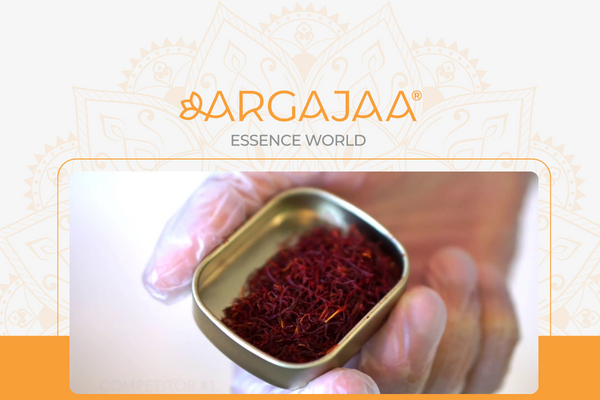
Identifying the purity of saffron at home can be a bit challenging, but here are a few simple tricks that can help you get a better idea:
Color and Appearance: Pure saffron threads should have a deep, vibrant red color with a slightly dark orange gradient. If the threads are uniformly bright red, it might be artificially colored or of lower quality.
Aroma: Authentic saffron has a distinct, strong, and earthy aroma. Rub a few threads between your fingers; you should be able to smell a sweet and floral fragrance. If it doesn’t have a strong smell, it might not be genuine.
Taste: When a small piece of saffron is placed on your tongue, it should immediately release a pleasantly bitter taste. If it tastes sweet or doesn’t taste like saffron at all, it could be adulterated.
Dissolving in Water: Place a few threads in warm water or milk. Authentic saffron should gradually release its color and flavor, turning the liquid yellowish. If the color quickly spreads and the liquid darkens almost instantly, it might be fake saffron.
Saffron Thread Strength: Real saffron threads are thin and delicate. If the threads appear thick and stiff, they could be fake.
Price and Source: Pure saffron is one of the world’s most expensive spices, so if the price seems too good to be true, it probably is. Buy from reputable sources and be cautious when purchasing from unknown or unverified sellers.
It’s essential to remember that these tricks are not foolproof and might not provide definitive proof of purity. For the most accurate assessment, consider having your saffron tested by a professional or buy from reputable suppliers to ensure you’re getting high-quality, genuine saffron.